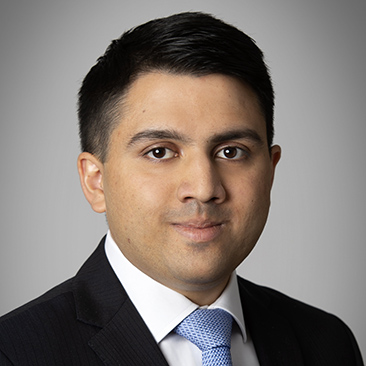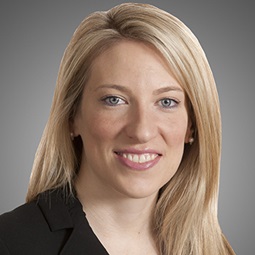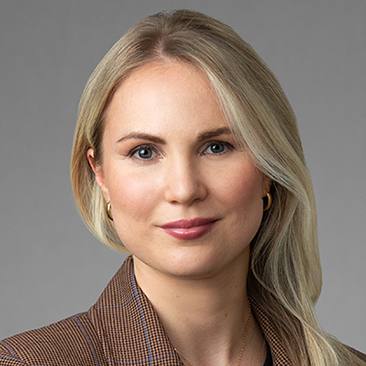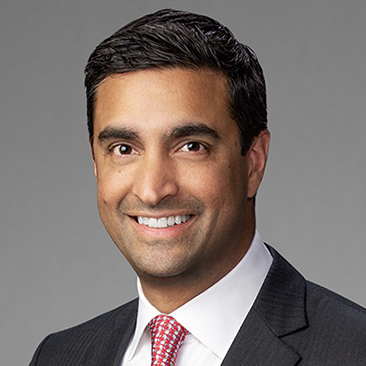A number of practical considerations must be taken into account in connection with the formation and operation of a non-U.S. special purpose acquisition company (“SPAC”) to mitigate the potential risk of the non-U.S. SPAC being treated as a passive foreign investment company (“PFIC”) for U.S. federal income tax purposes.
Generally speaking, a non-U.S. corporation is a PFIC if, for its tax year, either (i) 75% or more of its income for the tax year is passive income (the “income test”) or (ii) 50% or more of its assets produce passive income (or are held for the production of passive income) (the “asset test”). U.S. shareholders of a PFIC are subject to a number of detrimental tax consequences including, among others, tax and interest charges on either the disposition of appreciated PFIC stock or on the receipt of an ‘‘excess’’ distribution with respect to the PFIC stock (with the tax being imposed at the highest ordinary income rate in effect for that year). For these purposes “stock” includes warrants to purchase stock.
Due to the nature of its activities and assets (i.e., holding cash in anticipation of an acquisition), at first blush, it appears there could be a risk that a non-U.S. SPAC may meet the income test or asset test in a tax year prior to making an acquisition and, thus, would be treated as a PFIC. This would be a particularly harsh result since the shares and warrants of the non-U.S. SPAC would continue to carry the PFIC taint even if the SPAC ceased meeting the income and asset tests in a later year (e.g., after it acquired an active business). However, as described below, there are a number of items a non-U.S. SPAC and its investors should consider in an effort to mitigate or eliminate the potential application or effect of the PFIC rules.
Removing Cash from the “Passive Asset” Calculation
Under the so-called “start-up exception” to the PFIC rules, a non-U.S. corporation will not be a PFIC during its first tax year in which it has gross income (assuming certain other requirements not discussed herein are met). To ensure satisfaction of the start-up exception, among other things, it is advisable for the non-U.S. SPAC to place the IPO proceeds in a non-interest bearing account during the period between the IPO and the subsequent acquisition.
If (as is common practice in the SPAC context) the non-U.S. SPAC were to place the IPO proceeds into an interest bearing account at the beginning of the tax year of the expected acquisition, it may satisfy the start-up exception. However, if the non-U.S. SPAC does not know with relative certainty at the time it places the proceeds into an interest bearing account that it will consummate a transaction during that taxable year, it may be advisable to leave the proceeds in a non-interest bearing account through the date of the acquisition. In addition, in certain circumstances, cash of a non-U.S. corporation that is held through a second tier U.S. subsidiary (i.e., a U.S. subsidiary owned by another U.S. subsidiary, which is owned by the non-U.S. SPAC) should not be treated as a passive asset. Non-U.S. SPACs should consider this structure.
There are a number of other items relating to the timing of the start-up year that a non-U.S. SPAC can do to avail itself of the start-up exception. If the non-U.S. SPAC identifies a U.S. target during its first taxable year, it should consider domesticating prior to the end of that first year, in which case the non-U.S. SPAC exists as a potential PFIC only during its first taxable year, i.e., its start-up year. Note, however, that if the non-U.S. SPAC domesticates but ends up abandoning the acquisition of the U.S. target (or that acquisition gets delayed beyond the taxable year in question), various other U.S. tax rules make it difficult (or perhaps impossible) to convert back into a non-U.S. SPAC and be taxed as a non-U.S. corporation.
The non-U.S. SPAC should also consider selecting a non-calendar tax year to expand the length of its start-up year (as compared to selecting a calendar tax year). This is particularly helpful if the non-U.S. SPAC is formed late in the calendar year (in which case the start-up year would be significantly shorter than a twelve month year if the SPAC were to select a calendar tax year).
Qualified Electing Fund (“QEF”) Elections
QEF Elections, Generally
One way to reduce the impact of the PFIC regime is for a U.S. shareholder to make a QEF election with respect to its shares. The result of a QEF election is that the shareholder will be required to include its pro rata share of the PFIC’s ordinary income and net capital gain in the computation of the shareholder’s annual taxable income (regardless of whether the PFIC distributes those earnings to the shareholder); however, the shareholder will generally avoid the interest charge and may be able to obtain the benefit of preferential capital gains rates on its PFIC income. Note that final regulations prohibit a U.S. shareholder from making a QEF election with respect to its warrants (and may therefore be subject to the interest charge and ordinary income rates upon their disposition of its warrants regardless of the treatment of its shares). (Note that proposed regulations purport to treat options to acquire stock of a PFIC as stock of the PFIC, so if these proposed regulations are finalized, it is conceivable that a U.S. shareholder would be permitted to make a QEF election with respect to its warrants.)
The potential inability of a warrant holder to make a QEF election may be particularly harmful if the non-U.S. SPAC domesticates into the U.S. (which might occur, for example, if the non-U.S. SPAC were to identify a U.S. acquisition target). In that case, the domestication would be deemed an exchange of warrants of the non-U.S. SPAC for warrants of the newly domesticated SPAC which, under proposed PFIC regulations issued in 1992, would be a taxable disposition of the warrants and potentially subject to the interest charge and ordinary income rates (note that these proposed regulations, if ever finalized, might have retroactive effect).
Protective QEF Elections
A U.S. shareholder of a non-U.S. SPAC may want to make a “protective” QEF election with respect to its shares (even if it believes the non-U.S. SPAC is not a PFIC).
Generally, the U.S. shareholder will make such an election for the first year in which it owns the non-U.S. SPAC shares. There may be instances, however, where the shareholder does not make the QEF election in that first year, but wishes to make the election in a subsequent year. This would occur, for example, if the taxpayer forgot to make the election or was unaware of the potential PFIC status of the entity. Although a U.S. shareholder is generally precluded from making a retroactive QEF election, such a shareholder does have the option of making a “purging election” with respect to prior years in which it owned the shares that are not covered by the QEF election. This purging election generally requires the shareholder to pay tax on the PFIC shares as if they were sold at their fair market value.
In some instances, a PFIC may also qualify as a controlled foreign corporation (“CFC”). Note that an entity may be a PFIC with respect to some shareholders and a CFC with respect to other shareholders (i.e., an individual shareholder that is a 10% U.S. shareholder of the CFC). In that case, the 10% U.S. shareholder of a PFIC that is also a CFC may make a purging election that gives rise to a “deemed dividend” (rather than the consequences of the QEF election described above), whereby the shareholder takes into income its share of untaxed E&P of the PFIC. This fact pattern may apply, for example, to a non-U.S. SPAC with respect to its formation year if it is formed at the end of one tax year by a small number of U.S.-based sponsors (or by a U.S. partnership in which the sponsors invest) and undertakes its IPO in the subsequent tax year (assuming the QEF election is first made in the year of the IPO instead of the year of formation). The deemed dividend is unlikely to have any impact in this scenario (as the SPAC would not be expected to have any earnings for its first year). Thus, consideration should be given to structuring into CFC status.




















